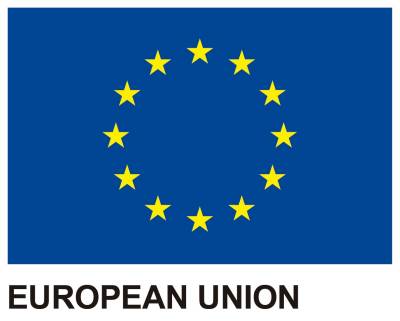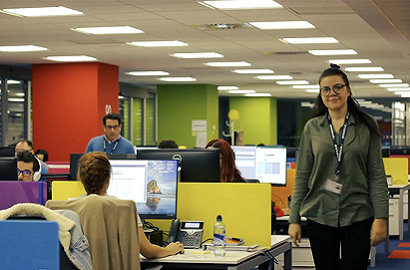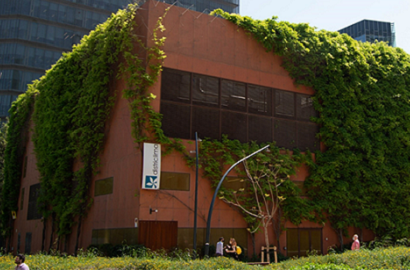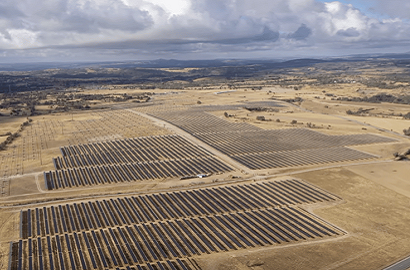Southern Europe's largest clean room is located in Barcelona
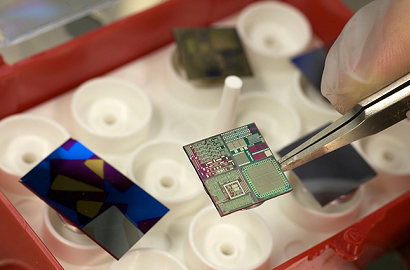
The Institute of Microelectronics of Barcelona manufactures chips that travel to Mercury and the Sun
Chips have become a subject of interest to national governments in recent times. The shortage of these small components, essential for the proper functioning of everything from mobile phones to cars, set the alarm bells ringing at the end of 2020. The European Commission and governments across Europe began to promote policies for developing this industry, with the aim of reducing Europe’s dependence on countries outside the EU.
Last April, the Spanish government announced the Strategic Project for the Recovery and Economic Transformation of Microelectronics and Semiconductors, known as the PERTE Chip, which was approved at the last Council of Ministers in May. This strategy is already producing results, such as the agreement between the Intel Corporation and the Barcelona Supercomputing Centre-Centro Nacional de Supercomputación (BSC-CNS) to create a laboratory that will work on developing a new generation of supercomputers.
Micro and nano technologies
European policies and the PERTE Chip will also serve to support the work of organisations already active in this sector, whose work reaches beyond our borders and even beyond the limits of our planet. This is the case with the Institute of Microelectronics of Barcelona, which specialises in researching and developing micro and nano technologies, as well as microsystems. Founded in 1985 and part of the Spanish National Research Council (CSIC), its silicon technology capacity is outstanding, and its facilities include the largest clean room in southern Europe.
A clean room is a laboratory where the very highest of hygiene standards apply. Clean rooms are used in different industries for the development of components that require such conditions in order to optimise production and subsequent integration into the devices they will form part of. People working in these types of facilities have to wear suits that cover them from head to toe, almost like astronauts, and which they put on in an intermediate changing room to avoid bringing in contamination from the outside. Not a speck of dust can be allowed to enter this laboratory, where temperature, humidity and pressure are kept constant.
Photonic circuits
Silicon, silicon carbide, photonic circuits, quantum devices and many other technologies are being developed in the 1,500 square metre clean room at the Institute of Microelectronics of Barcelona. The small processors designed and produced at this centre can handle large amounts of data, and their applications can be very demanding.
This laboratory, located on the Autonomous University of Barcelona’s Cerdanyola del Vallès campus, has produced microchips that are currently travelling in spacecraft on their way to Mercury and the Sun, and others that are orbiting the Earth. Among those that have not left our planet, some are used to equip the accelerators used for the ATLAS experiment at the European Organization for Nuclear Research (CERN). Others are being used to measure brain waves.
The most recent challenges the laboratory has tackled include photonics, a technology that is expected to revolutionise the way information is processed in the future. Everything from fibre optics to printing, lighting, the development of photovoltaic systems and Internet of Things configuration will change as scientists learn to control and manipulate photons and transform them into information carriers.
Photo: CSIC

